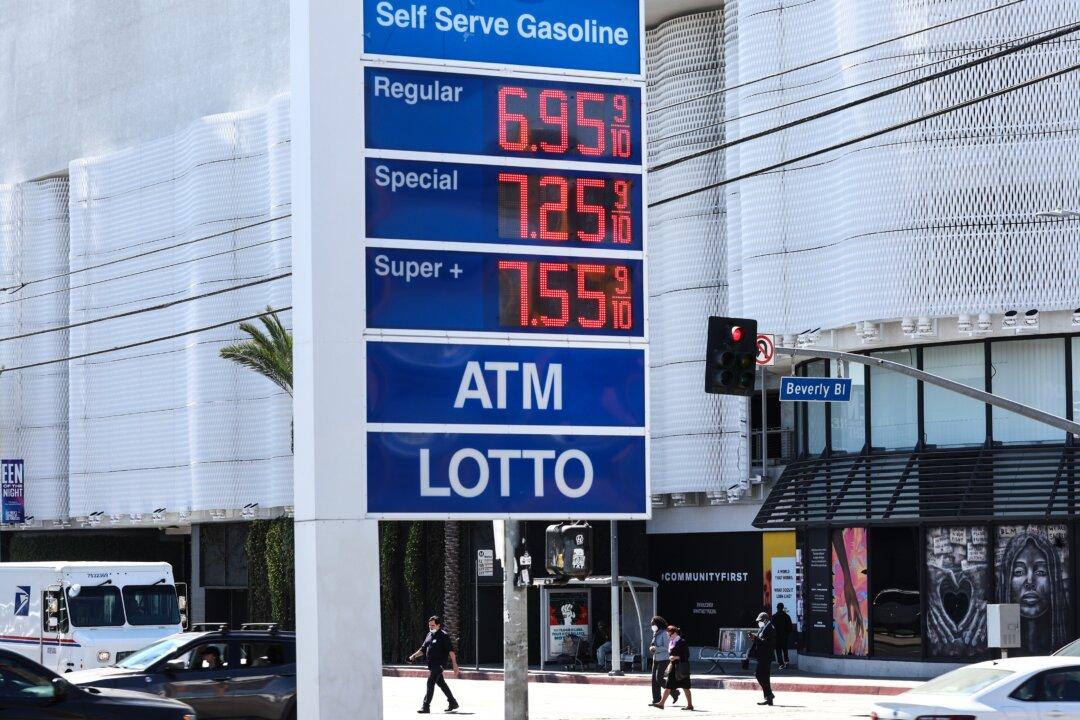The U.S. annual inflation rate surged to 7.9 percent in February, matching the market estimate, new data show.
In February, the core inflation rate, which strips the volatile food and energy sectors, climbed to 6.4 percent, according to the Bureau of Labor Statistics (BLS). This also met economists’ expectations.





